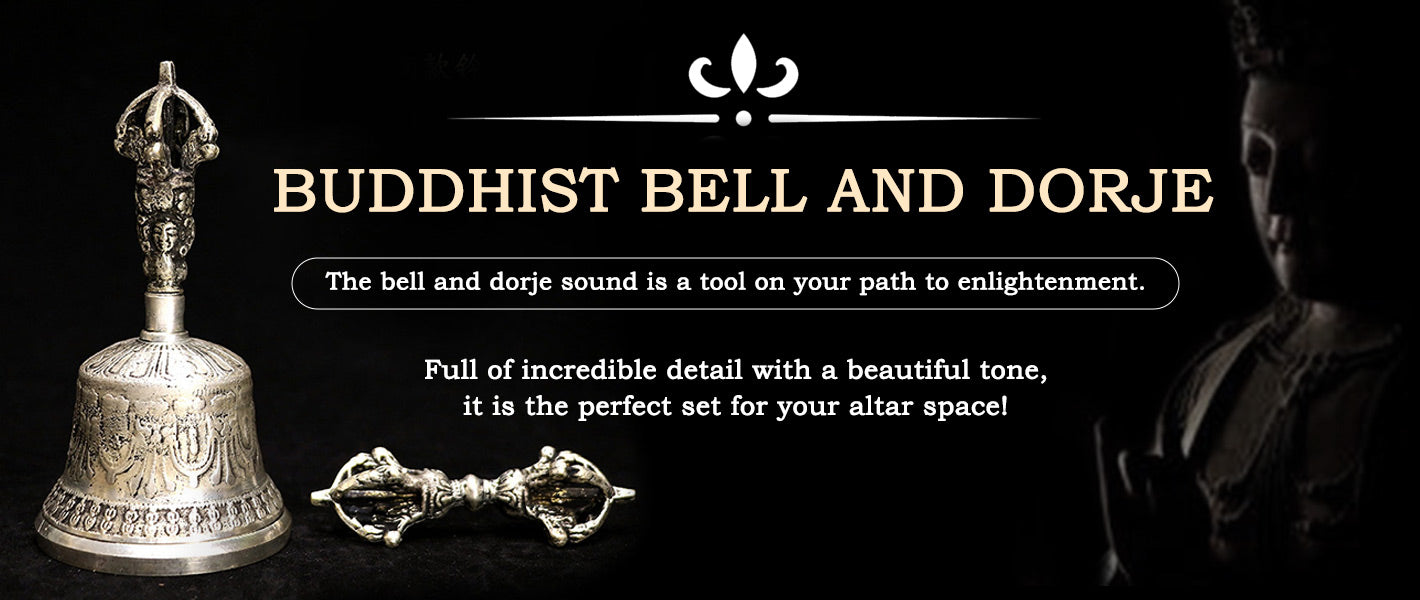
Bring a touch of spirituality into your home with Buddha Stones' Buddhist Bell and Dorje collection. Each bell and dorje is carefully crafted with traditional techniques, making them a perfect addition to your meditation or spiritual practice. Use them to create a serene atmosphere and connect with your inner self, as you embark on a journey of self-discovery and enlightenment.
32 items
32 items






































